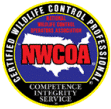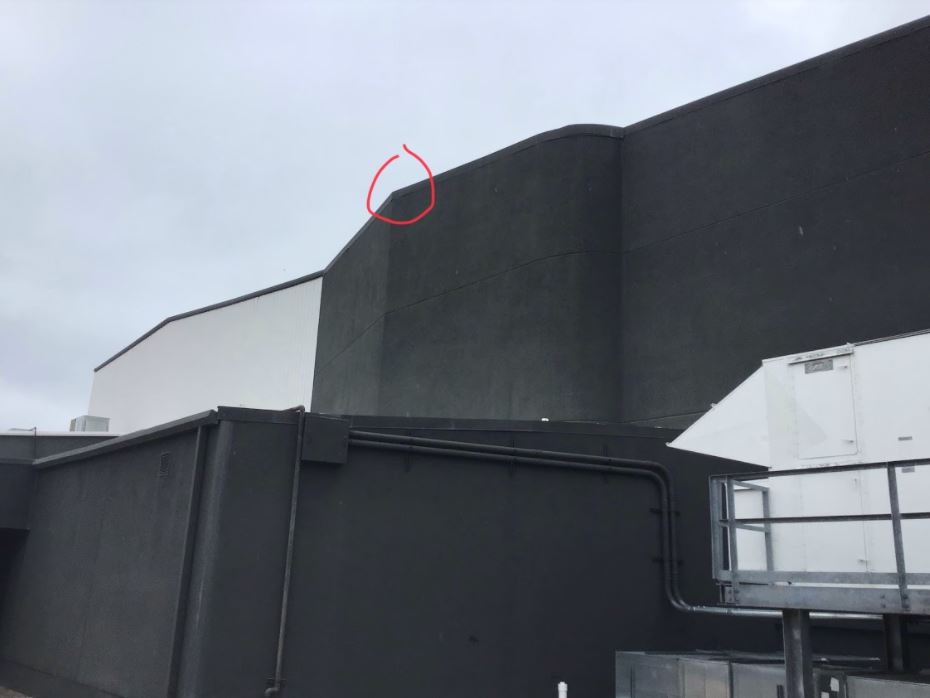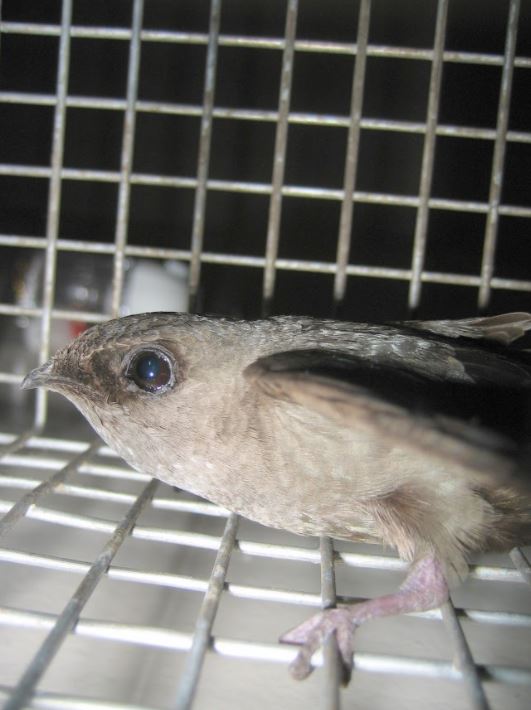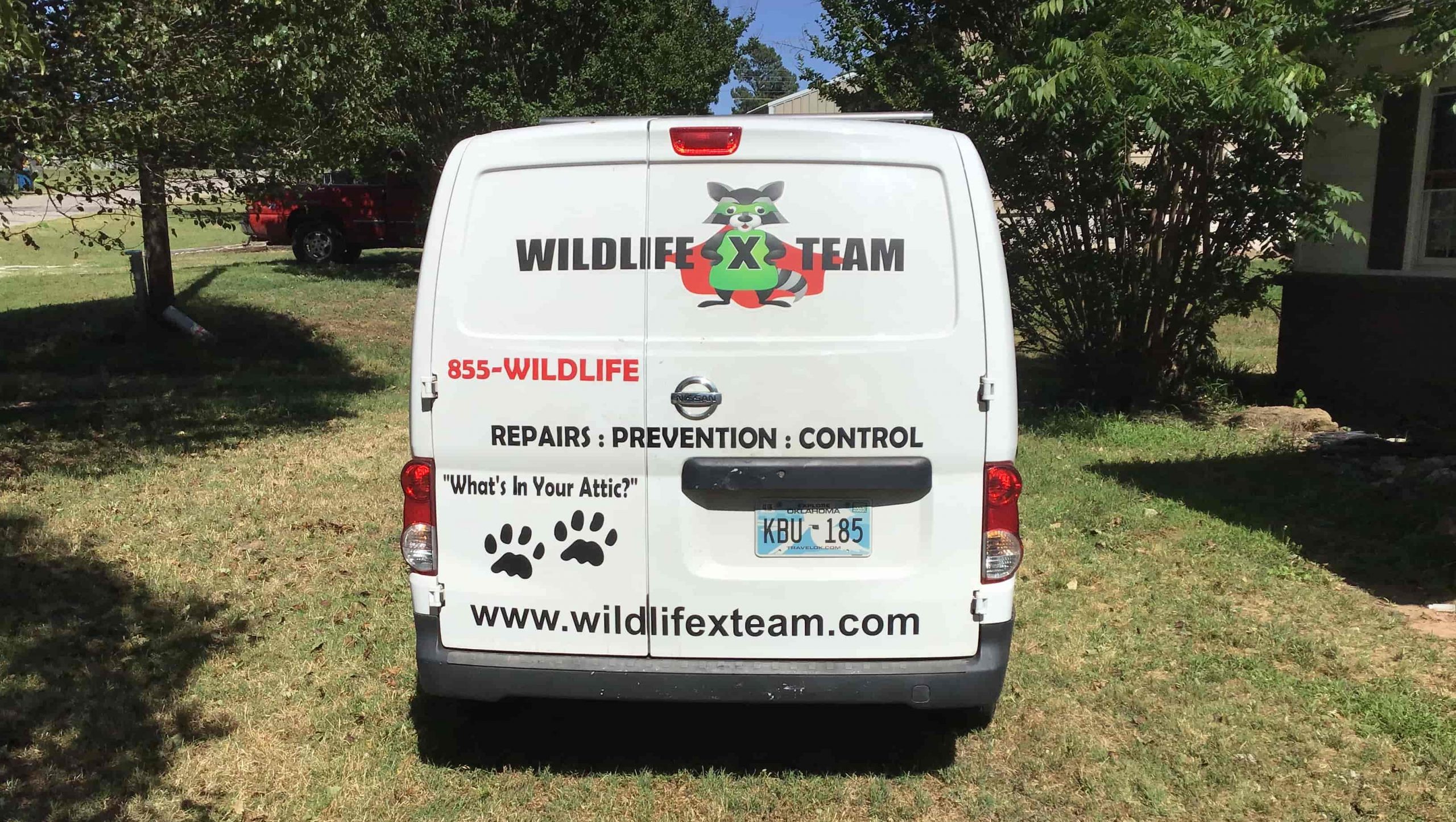
Call for Your Exclusive Wildlife Inspection Report.®
Bird Control
While some birds are beautiful to observe, others have a reputation for being pesky and destructive and are referred to as pests. Some of the common pest birds in Tulsa include house sparrows, pigeons, starlings, gulls, and crows. Their presence on a property can become disturbing because of the problems they cause.
Problems Associated with Birds
City birds have learned to seek shelter in human settlements, like attics, warehouses, garages, and more. However, these unwelcome guests can cause:
Destruction
Bird droppings are highly corrosive. When they poop on metallic surfaces like beams, it deteriorates the material. Moreover, it can peel off paint and sealants. Woodpeckers, in particular, are known to damage wooden structures.
Contamination
In industrial plants, birds are known to contaminate raw materials with their droppings. This, in turn, poses a health risk for consumable goods.
Diseases
There are several zoonotic diseases associated with birds. Some of the most common ones include cryptococcosis, salmonellosis, ornithosis, and avian tuberculosis.
Crop Theft
Birds are known to disrupt agricultural farms. If you have a garden on your property, birds can eat the fruits before you get to.
If you’re facing any of these problems, our professionals at Wildlife X Team Tulsa can help you develop and implement effective strategies to deal with it.
Bird Control Methods
Bird control simply refers to the methods used to eliminate pest birds from landing, roosting, and nesting in a specific area. Here are some of the most common bird control methods:
Bird Spikes
Bird spikes are pointed metallic or plastic objects that are installed in specific areas to deter birds from landing there. They are most suited for narrow areas like signage, windows, ledges, and security cameras.
Bird Netting
Netting is used to create a barrier to prevent birds from accessing a specific place. They are best suited for areas like gardens or canopies. They are effective because they make the covered area a no-roosting site for birds.
Get Quote for Your Exclusive Wildlife Inspection Report.®



Shock Tracks
Shock tracks can be lined up in areas of high bird activity. Whenever a bird lands there, it delivers a mild non-fatal shock to the bird, which forces it to immediately leave.
Decoy Predators
Many animals in the wild, like birds of prey (falcon, hawk, eagles, and vultures) feed on smaller birds. Having a plastic decoy on your yard can help deter them. However, note that pest birds can get acclimatized to the decoy and lose their fear of it. That’s why its position has to be changed from time to time.
Avicides
These are substances that can be used to kill birds. The most common avicide is strychnine. The use of poison is highly restricted. And even if it is allowed, it can only be used on pest birds. Make sure to clarify with your local wildlife district before poisoning birds.
You should note that poisoning is not an effective method of bird control because it can result in other problems. First, it can harm unintended wildlife. Moreover, it is inhumane as it slowly and painfully kills the bird.
Exclusion Devices
If you have pest birds (especially pigeons) residing in your attic, installing an exclusion device is usually the best bet. All potential holes in your attic are first identified and sealed, except one. The exclusion device is then installed on the last hole. Once the birds go out through it, they are unable to get back in. Stubborn birds that refuse to go out have to be manually removed by hand. Thereafter, the last hole is sealed.
Decontamination of Infected Spaces
Once the birds have been successfully removed from your property, their droppings, nesting materials, and other remnants have to be removed. The infected space is then decontaminated with an enzyme-based cleaner.
Let Wildlife X Team Tulsa help you today to bring an end to your bird infestation problems!




